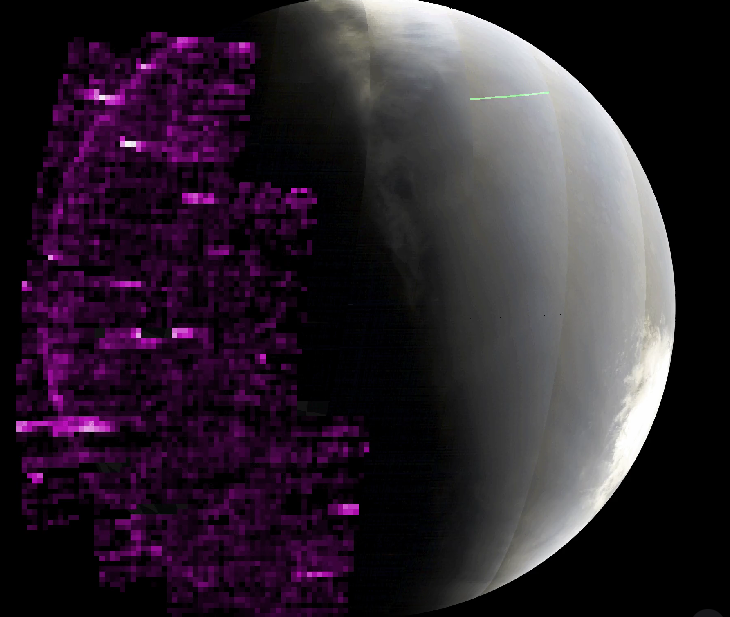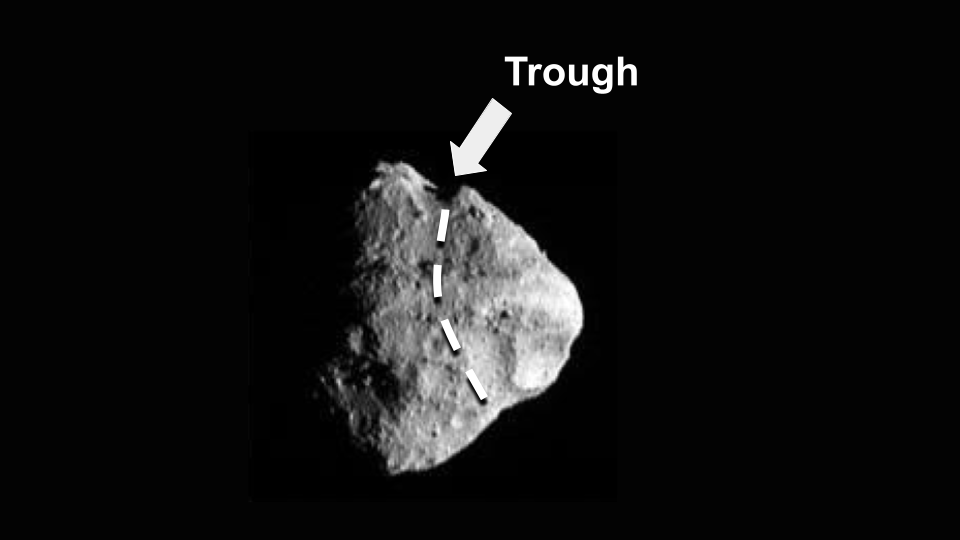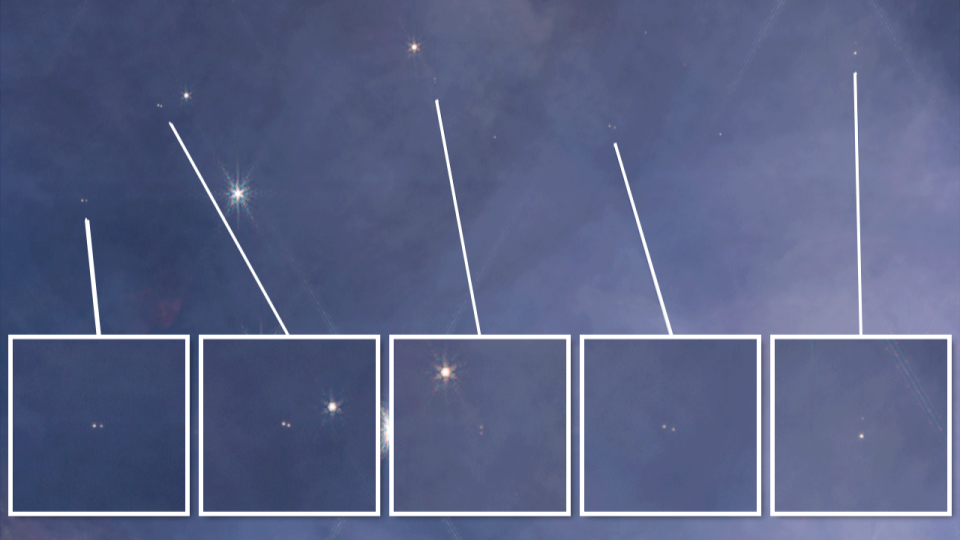Image credit: NASA One of the things that continues to amaze me is how much we still have to learn about solar system formation. Understanding how our universe seeded solar systems in so much variety is work it will take generations to fully understand, but we are making progress, slow and study, in understanding big picture ideas. Just how you get planets so far out beyond Pluto had been one of those “But HOW” enigmas, but researchers are finally starting to get a clear picture of what’s going on thanks to computer simulations. A new paper in Nature Astronomy led by André Izidoro looks at...












